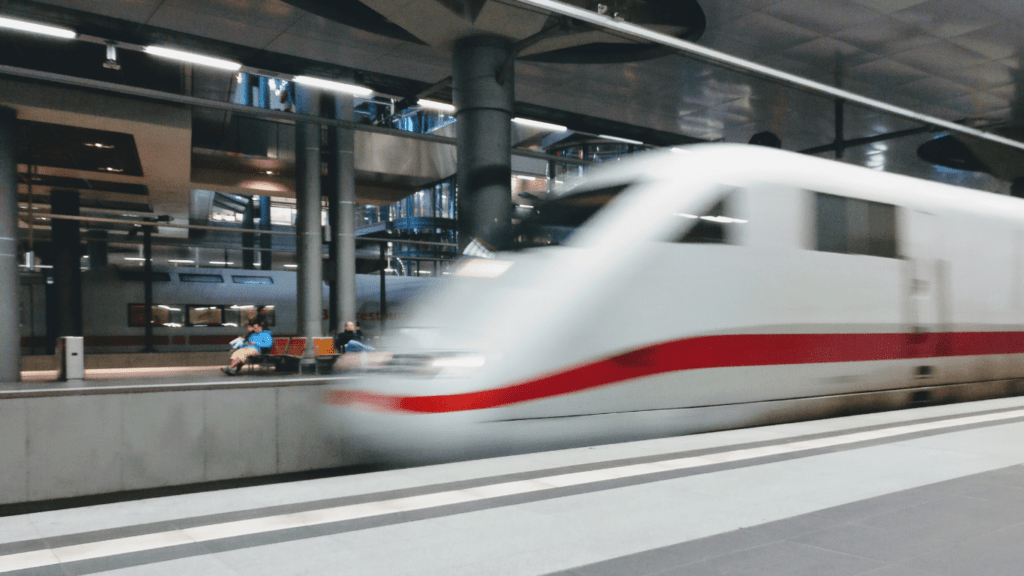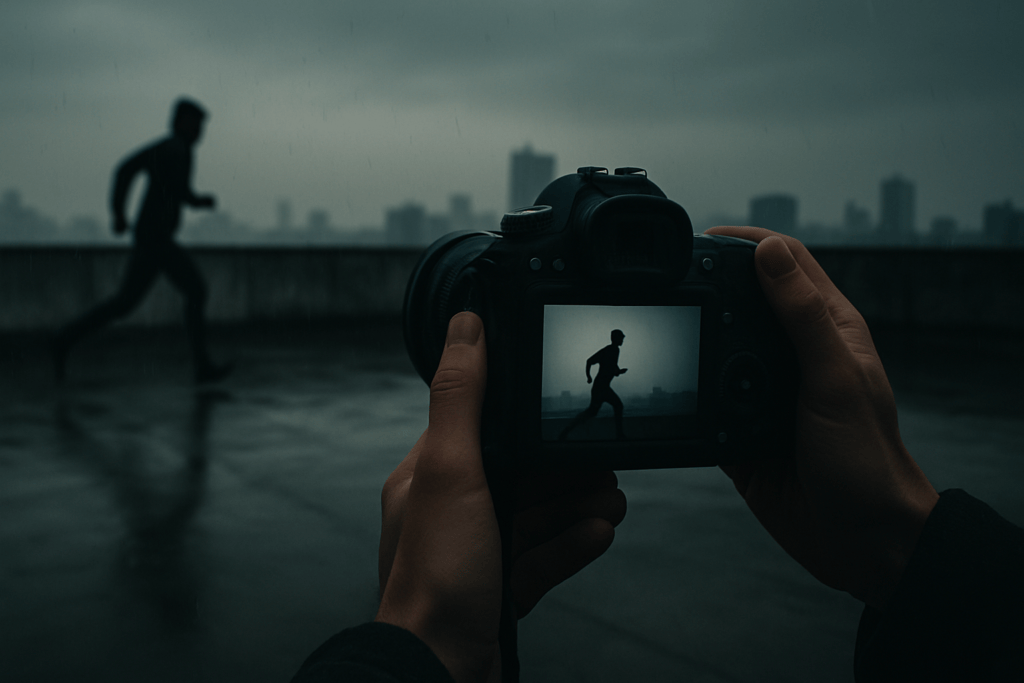Capturing motion in photography can feel like chasing a fleeting moment—it’s thrilling but tricky. Whether it’s a speeding car, a leaping dancer, or a bird in flight, freezing or emphasizing movement can transform an ordinary shot into something truly dynamic. It’s not just about snapping the shutter; it’s about mastering techniques that bring life to your images.
Understanding Photography in Motion
Capturing motion transforms still images into dynamic storytelling tools. It’s about conveying movement and energy while preserving clarity. This involves controlling the interaction between shutter speed, camera movement, and subject pace to achieve the desired effect.
- Panning, used to track moving subjects like cars or runners, creates a blurred background while keeping the subject sharp. I achieve this by selecting a shutter speed between 1/30 and 1/60 seconds, depending on the subject’s speed, and moving the camera smoothly in sync with the subject.
- Tracking emphasizes a subject’s motion within its environment. Unlike panning, tracking requires me to move with the subject, often needing stabilization tools like gimbals or tripods. This technique captures both the subject and background in dynamic focus.
- Freezing action stops motion entirely. High shutter speeds, typically 1/1000 seconds or faster, capture split-second movements like splashing water or flying birds. For this, proper lighting plays a critical role to ensure the subject remains well-lit despite the rapid exposure time.
Understanding these key techniques gives me control over motion’s interplay within the frame, ensuring each shot carries impact and precision. Adaptation to varying scenarios, like low-light conditions or erratic movements, enhances the creative outcome further.
Mastering Panning Techniques
Panning creates dynamic motion effects by blurring the background while keeping the subject sharp. By following key techniques, I ensure consistent and striking results.
Choosing the Right Shutter Speed
I select a shutter speed that balances blur and sharpness, typically between 1/30 and 1/60 seconds. For slower-moving subjects like cyclists, I aim for speeds closer to 1/30 seconds. Faster-moving subjects like vehicles may require adjustments toward 1/60 seconds or higher, depending on the pace. Testing in various lighting and motion conditions helps optimize this setting.
Finding the Perfect Subject
Subjects with steady, predictable motion make panning smoother. Runners, skateboarders, or motorcycles on a straight path offer ideal options. I focus on the subject’s key features, such as a face or a distinct part of the body, to maintain clarity. Background simplicity also enhances the visual impact of the motion blur.
Practicing Smooth Camera Movements
Smooth, continuous camera movement aligned with the subject’s trajectory ensures sharpness and consistent blur. I position myself parallel to the motion path and track the subject from start to finish, maintaining steady speed. Using a tripod or monopod minimizes unwanted shakes, especially during prolonged practice sessions. Repeating this process develops precision and fluidity.
Tracking Moving Subjects

Accurately tracking moving subjects involves maintaining focus on them while capturing their motion within the frame. This technique offers dynamic results when executed with proper tools and methods.
Tools and Equipment for Tracking
Using the right equipment enhances the success of tracking shots. A DSLR or mirrorless camera with a fast continuous autofocus (AF-C) system is ideal for maintaining sharp focus on moving subjects. Lenses with image stabilization, especially telephoto lenses, help reduce motion blur caused by camera shakes. A sturdy tripod or gimbal is essential for stable movement when following a subject, ensuring clear and consistent shots. High-speed memory cards handle continuous shooting bursts efficiently, preventing lag.
Aligning Focus with Motion
Keeping the subject in sharp focus while tracking motion requires strategic settings and proper alignment. I rely on continuous autofocus paired with a wide focus area to dynamically follow the subject’s movement. Activating back-button focus enhances control by separating the focusing and shutter release functions. Predictive tracking modes, like Canon’s Dual Pixel CMOS AF or Sony’s Eye AF, keep the subject clear even during erratic motion. Panning the camera in sync with the subject’s speed ensures the motion trails align smoothly in the background.
Common Mistakes to Avoid
Certain errors often compromise tracking shots. Allowing the camera to jerk while panning disrupts motion flow, resulting in uneven framing. Using inconsistent shutter speeds leads to either excessive blur or over-frozen visuals, depending on the subject’s pace. Neglecting camera stabilization or handheld techniques causes unintentional shakes, which reduce image clarity. Overlooking the subject’s predicted path increases the risk of losing focus during movement. By addressing these mistakes, I achieve precise and visually impactful results.
Freezing Action with Sharp Precision
Freezing action allows the capture of split-second movements with clarity, preserving every detail in fast-paced scenes. Achieving this effect requires precise control over such:
- camera settings
- lighting
- timing
Selecting the Best Camera Settings
High shutter speeds are critical for freezing motion effectively. I set my camera to a shutter speed of 1/1000 seconds or faster to capture sharp details. For adequate exposure, I adjust the aperture and ISO. Using wider apertures, such as f/2.8 or f/4, lets in more light, while increasing ISO values compensates for reduced light in faster shutter speeds. I enable continuous shooting mode to snap multiple frames rapidly, improving the likelihood of capturing the perfect moment.
For focus, I rely on continuous autofocus (AI Servo or AF-C mode, depending on the camera) to maintain sharpness on moving subjects. Back-button focus ensures I lock onto the subject without accidental shifts caused by shutters.
Utilizing Proper Lighting
Adequate lighting enhances clarity and detail when freezing action. I prioritize shooting in well-lit environments, such as outdoors in daylight, to ensure high shutter speeds don’t compromise image quality. In dim settings, I use external flashes or strobes to supplement lighting. These tools freeze motion by emitting brief, intense light bursts, ideal for indoor sports or low-light performances. Positioning the light source properly reduces shadows and highlights subject features.
When using artificial lighting, I synchronize the flash with my high shutter speed. High-speed sync (HSS) compatibility with the camera and flash enables precise exposure control.
Capturing High-Speed Moments
Timing is key to freezing peak action. I anticipate specific moments, such as a ball mid-air or a runner mid-stride, to capture dynamic scenes. I observe the subject’s motion pattern to predict the perfect instant to press the shutter.
I often practice with fast-moving subjects like athletes or birds in flight to refine my timing and camera handling. A telephoto or wide-aperture lens enhances my ability to focus on distant or moving subjects while isolating them from distractions.



